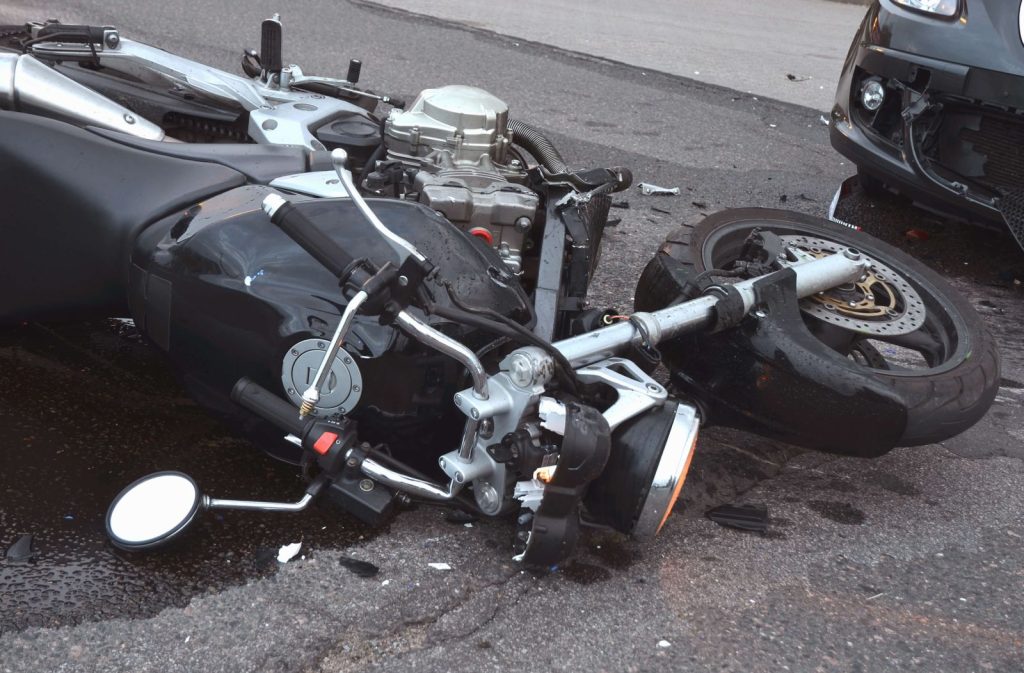Motorcycles have quickly become a popular form of transportation, as they are more fuel-efficient than cars and offer a sense of freedom on the open road. From the exhilaration of the wind in your hair to the satisfaction of knowing you’re reducing your carbon footprint, there are many reasons to enjoy motorcycle riding.
However, as with any other mode of transportation, there is always the potential for accidents. And because motorcycles offer less protection than cars or trucks, riders are more vulnerable to severe injury or death in the event of a crash.
Where Do Most Motorcycle Accidents Happen?
Because you can drive a motorcycle on both the road and off-road, there are many potential accident locations. However, most motorcycle accidents happen on paved roads, usually during daylight hours and in good weather conditions.
Some of the most common places for motorcycle accidents include:
- Intersections: Because motorcycles are smaller than other vehicles, they can be easily hidden in a blind spot. This makes it more likely that a car or truck will turn into the path of an oncoming motorcycle, resulting in a collision. When approaching an intersection, it’s important to be extra cautious and always assume that other drivers may not see you.
- Driveways and parking lots: Motorcycles can be difficult to see when they’re stopped, especially if they’re parked behind a larger vehicle. This makes it easy for another driver to back out of a driveway or parking space and hit a stationary motorcycle. Always check your mirrors and blind spots before backing up, and be extra cautious when driving in areas where motorcycles are known to park.
- Roads with poor visibility: Whether it’s due to heavy rain, fog, or snow, poor visibility can make it hard for drivers to see motorcycles. This increases the risk of a collision, especially if the motorcycle is traveling at high speed. If you can’t see well, it’s best to slow down and be extra cautious.
- Rural roads: While motorcycle riders often enjoy the open road, rural roads can be more dangerous than city streets. This is because they are often narrower and have less traffic, making it easier for a motorcycle to be hit by a car or truck. In addition, rural roads are more likely to have potholes, debris, and other hazards that can cause a motorcycle to crash.
- Lane changes: Because motorcycles are smaller than other vehicles, they can be easily cut off when another driver changes lanes. This is especially true if the driver neglects to signal or check their mirrors before changing lanes. When riding a motorcycle, it’s important to be aware of other drivers and be prepared to take evasive action if necessary.
There are many hazards for motorcycle riders to anticipate. By being aware of these dangers and taking precautions, you can help reduce your risk of being involved in an accident.
How to Make Yourself More Visible to Drivers
One of the best ways to avoid a collision is to make sure you’re visible to other drivers. Here are some tips to increase visibility on the road:
- Wear bright clothing: Wearing brightly colored clothing will make it easier for drivers to see you, especially in low-light conditions. Colors like orange, yellow, and green are most effective for traffic safety.
- Use reflective gear: Reflective gear, such as vests and patches, can also help make you more visible to drivers. Many motorcycle jackets and other garments are now made with reflective materials built-in. The materials reflect light back to the driver, making the rider easier to see. Reflective tape can also be applied to clothing and gear to make it more visible.
- Use headlight modulators: Headlight modulators are devices that attach to your motorcycle’s headlight and cause the light to flash on and off. This makes it easier for other drivers to quickly see you when approaching from the front and can help prevent head-on collisions.
- Use auxiliary lights: Adding auxiliary lights to your motorcycle can also help make you more visible to other drivers. These lights are typically mounted on the front or rear of the bike and provide additional illumination.
- Ride in well-lit areas: When possible, ride in well-lit areas where drivers are more likely to see you. This includes areas with streetlights, as well as areas where there’s a lot of traffic.
- Avoid blind spots: A blind spot is an area around a vehicle where the driver has difficulty seeing. Motorcycles are especially vulnerable to being in a driver’s blind spot because of their small size. To avoid being in a driver’s blind spot, always stay behind and to the side of larger vehicles. You should also be aware of a driver’s blind spots when riding alongside other vehicles.
- Signal your intentions: Use your turn signals to let other drivers know what you’re planning to do. This will help them be prepared in case they need to take evasive action. It is recommended that you signal for at least five seconds before making a turn.
- Ride predictably: Other drivers are more likely to notice and anticipate the actions of a predictable rider. Always ride in a straight line and do not swerve between traffic. Obey all traffic laws and signals.
- Use your horn: If you think another driver may not see you, use your horn to get their attention. This is especially important when approaching intersections or making turns.
As you can see, there are many things you can do to make yourself more visible to other drivers. By taking these commonly suggested precautions, you can help reduce your risk of being involved in a collision. However, even with the best precautions, there’s always the potential for an accident. People who ride motorcycles should always be prepared for the worst and have a plan in case they are involved in a collision.
If you are in this situation, it’s essential to contact an experienced Sacramento motorcycle accident lawyer who can pursue the compensation you deserve. Contact the law offices of Guenard & Bozarth, LLP today to begin the process with a consultation.


